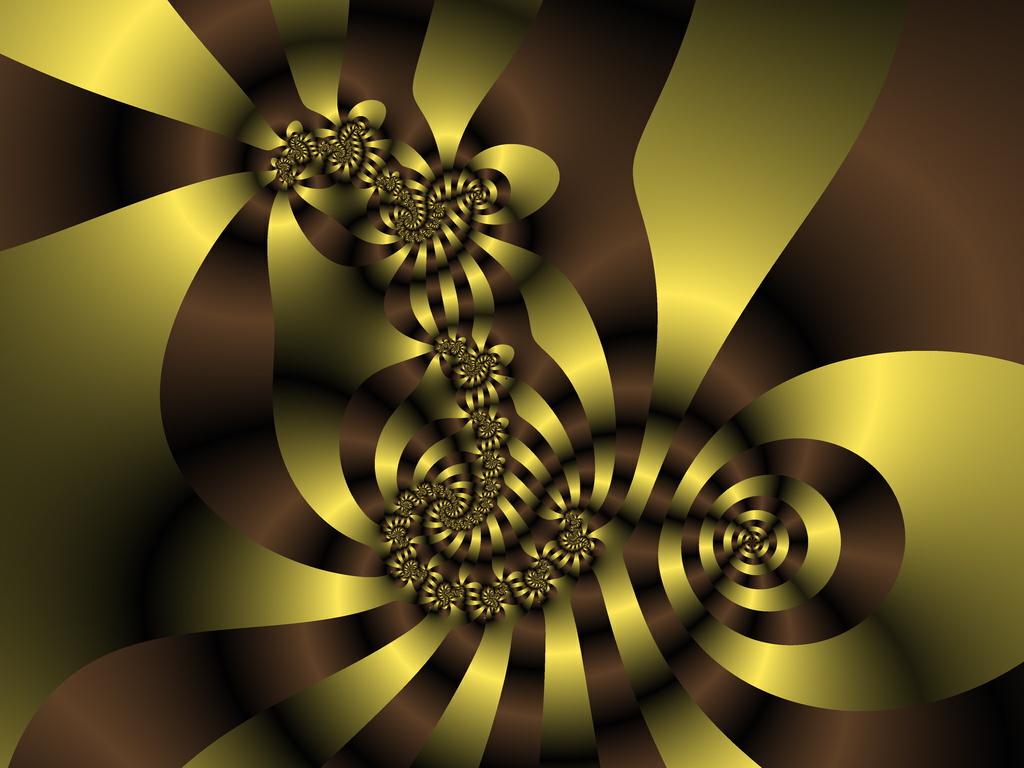For the past month, when I haven’t been whipping Fractal Domains 1.3 into shape, I’ve been working on fractal images to submit to the fractal contest at the Fractalus site. Since the submitted images are supposed to be new images that haven’t been previously displayed publicly, I couldn’t use any of the fractals currently on display in the Fractal Domains gallery. In the past month I’ve created a lot of decent looking fractals. Since only three entries are allowed from each entrant, I had a hard choice to make. Today I made the choice, so I can start displaying the images I didn’t choose to submit on the Fractal of the Week page. So, this page should be updated on a more regular basis for the next few weeks.
This fractal almost made it into the final cut. I really like it, I think it is quite dramatic. Up until the last minute I thought this would be one of my entries. I decided on another image at the last minute. One contributing factor to this decision was that no one else in my family particularly liked this image.
Another reason I didn’t submit it is that the colors are in a range that are quite sensitive to variations in display parameters (gamma of the display, brightness, room lighting, etc.). In fact, when I viewed it on a machine that was different from the one that I designed it on, it looked totally different; all of the dark richness of the original coloring was gone. I found that the brightness of the monitor was cranked all the way up and when I returned it to the default setting, the image was restored to its original coloring.
I didn’t want to submit an image that will be viewed on different platforms with many different monitors under different conditions, when it looked so different on the same platform with exactly the same monitor with no other difference but the brightness setting! Graphic artists (those who do this for a living, esp.) will be quite familiar with this problem. Anyhow, viewers might want to adjust their monitor settings when viewing this one. It is supposed to look quite dark but still vibrant.
Based on the formula (x^2 + x + 1) / (x^2 + ix + 1) + c, c = -1.32 – 1.8i . Uses a two-way regions split with angular decomposition.

